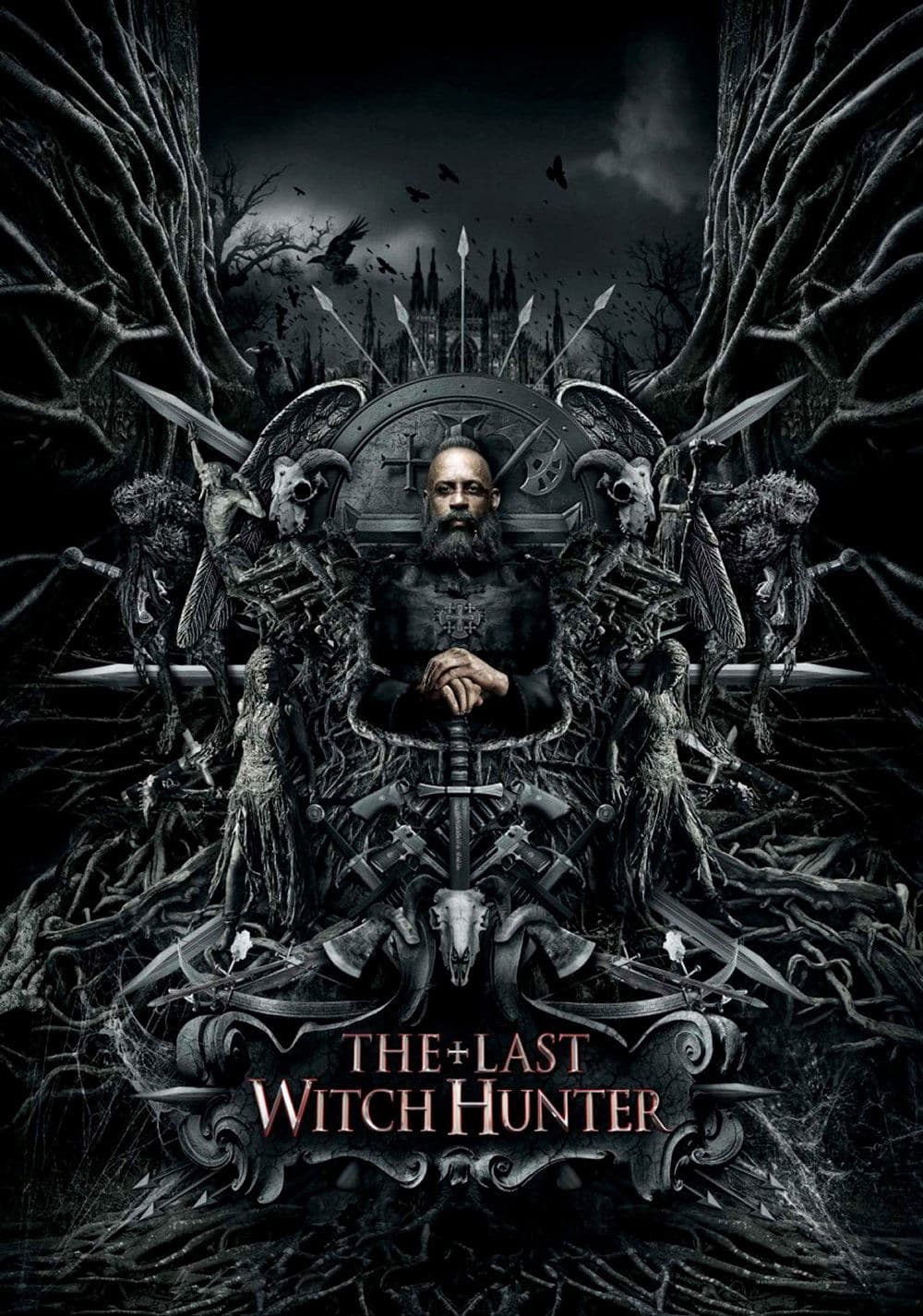
Hey, Hey, It's the Monkees
Feb 17 1997
•1h 46m
•Comedy, Music
Hey, Hey, It's the Monkees is a one-hour comedy special televised on the ABC Network on Monday February 17, 1997. The show features all four of the original Monkees and would be the last time Micky Dolenz, Davy Jones, Michael Nesmith, and Peter Tork would appear together. Michael Nesmith wrote and directed the program.
Cast
See all
Michael Nesmith
Mike

Davy Jones
Davy

Micky Dolenz
Micky

Peter Tork
Peter
Recommendations
See all
33 ⅓ Revolutions per Monkee
33 1⁄3 Revolutions per Monkee is a television special starring the Monkees that aired on NBC on April 14, 1969. Produced by Jack Good, guests on the show included Jerry Lee Lewis, Fats Domino, Little Richard, the Clara Ward Singers, the Buddy Miles Express, Paul Arnold and the Moon Express, and We Three. Although they were billed as musical guests, Julie Driscoll and Brian Auger (alongside their then-backing band The Trinity) found themselves playing a prominent role; in fact, it can be argued that the special focused more on the guest stars (specifically, Auger and Driscoll) than the Monkees themselves. This special is notable as the Monkees' final performance as a quartet until 1986, as Peter Tork left the group at the end of the special's production. The title is a play on "33 1⁄3 revolutions per minute."

Paul Blart: Mall Cop 2
Security guard Paul Blart is headed to Las Vegas to attend a Security Guard Expo with his teenage daughter Maya before she departs for college. While at the convention, he inadvertently discovers a heist - and it's up to Blart to apprehend the criminals.

The Last Witch Hunter
The modern world holds many secrets, but by far the most astounding is that witches still live among us; vicious supernatural creatures intent on unleashing the Black Death upon the world and putting an end to the human race once and for all. Armies of witch hunters have battled this unnatural enemy for centuries, including Kaulder, a valiant warrior who many years ago slayed the all-powerful Witch Queen, decimating her followers in the process. In the moments right before her death, the Queen cursed Kaulder with immortality, forever separating him from his beloved wife and daughter. Today, Kaulder is the last living hunter who has spent his immortal life tracking down rogue witches, all the while yearning for his long-lost family.

The Visitors II: The Corridors of Time
The sequel to The Visitors reunites us with those lovable ruffians from the French Medieval ages who - through magic - are transported into the present, with often drastic consequences. Godefroy de Montmirail travels to today to recover the missing family jewels and a sacred relic, guarantor of his wife-to-be's fertility. The confrontation between Godefroy's repellent servant Jack the Crack and his descendent, the effete Jacquart, present-day owner of the chateau, further complicates the matter.